Aristocratic Apex Mural Wall Art & Canvas Print
Aristocratic Apex Mural Wall Art & Canvas Print
Couldn't load pickup availability
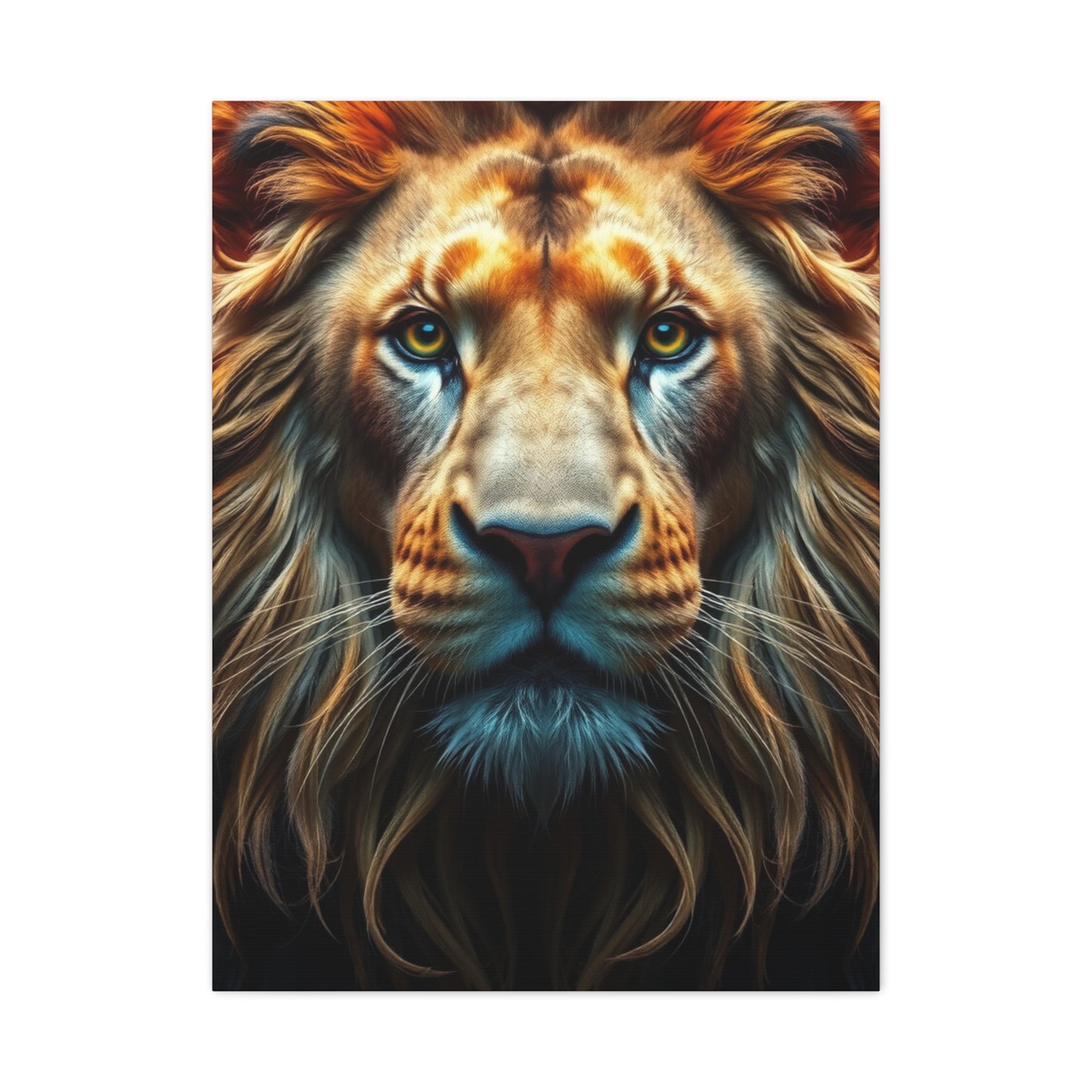
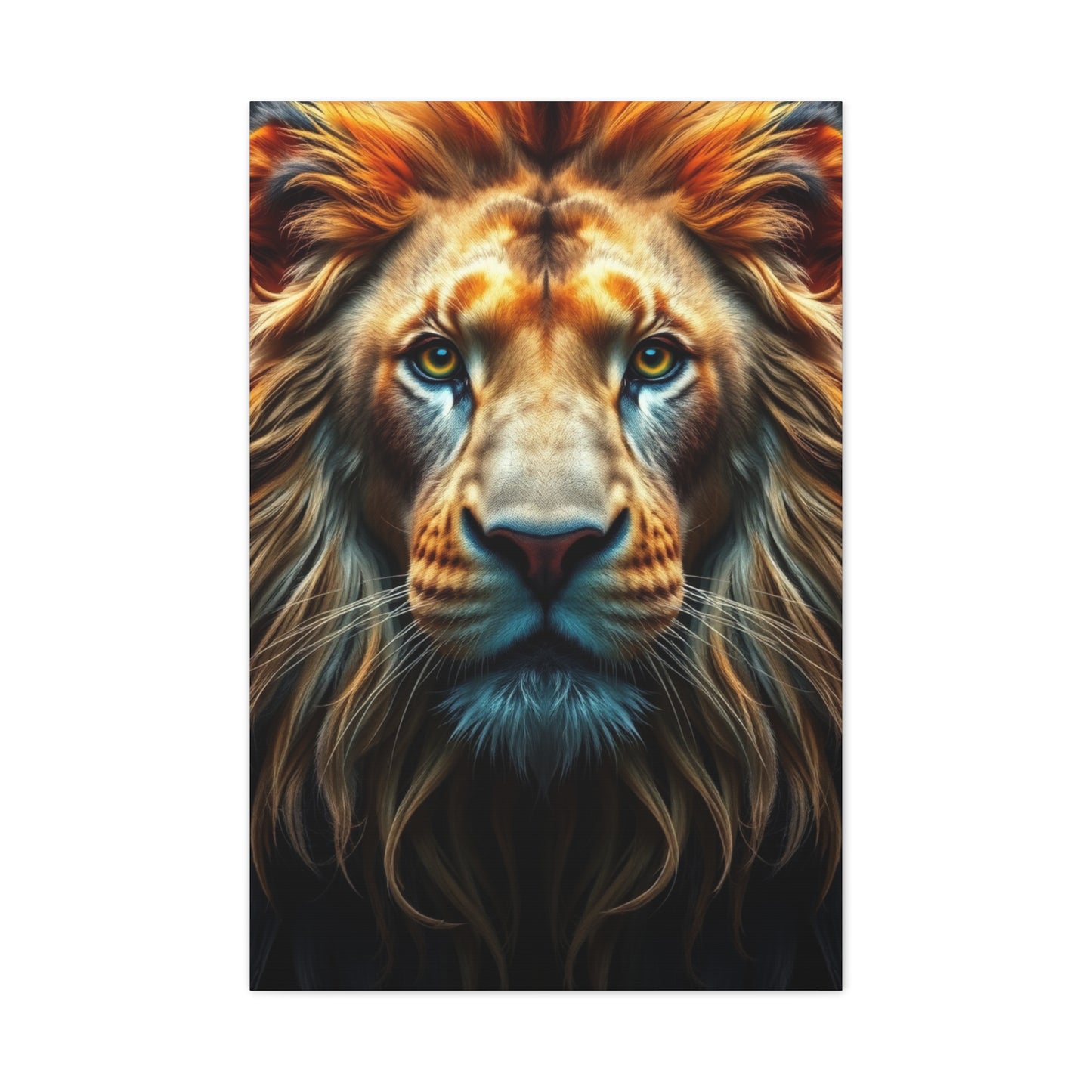
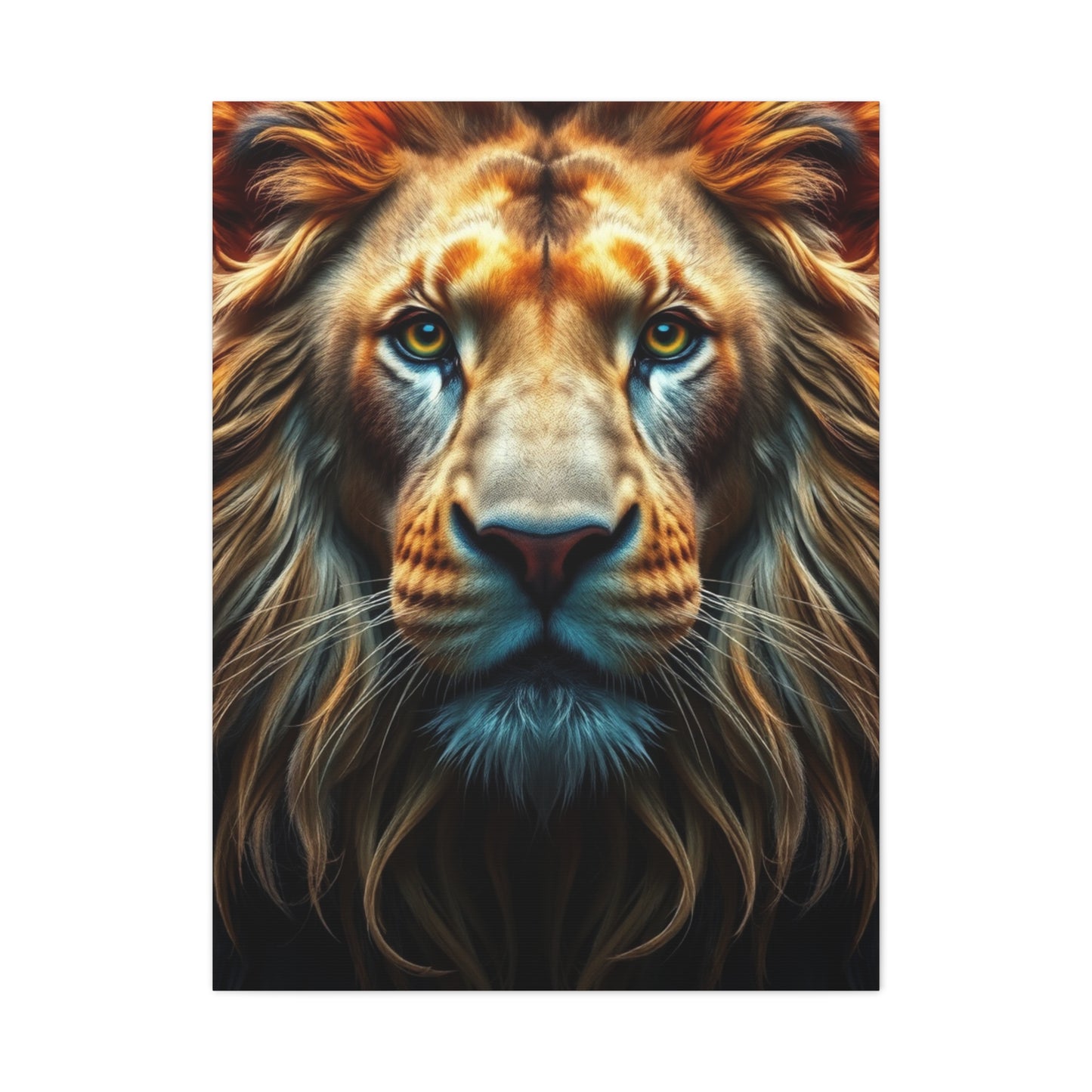

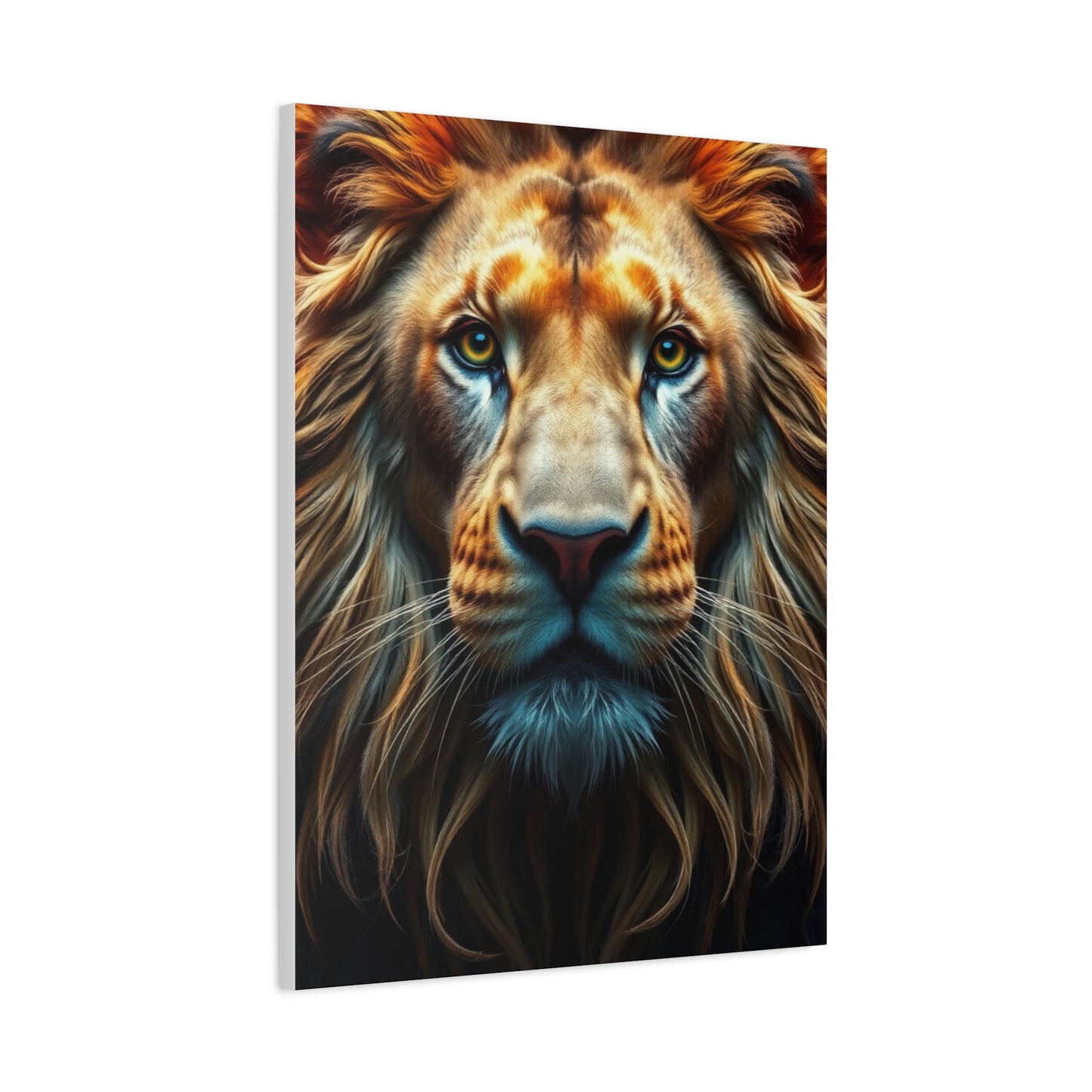

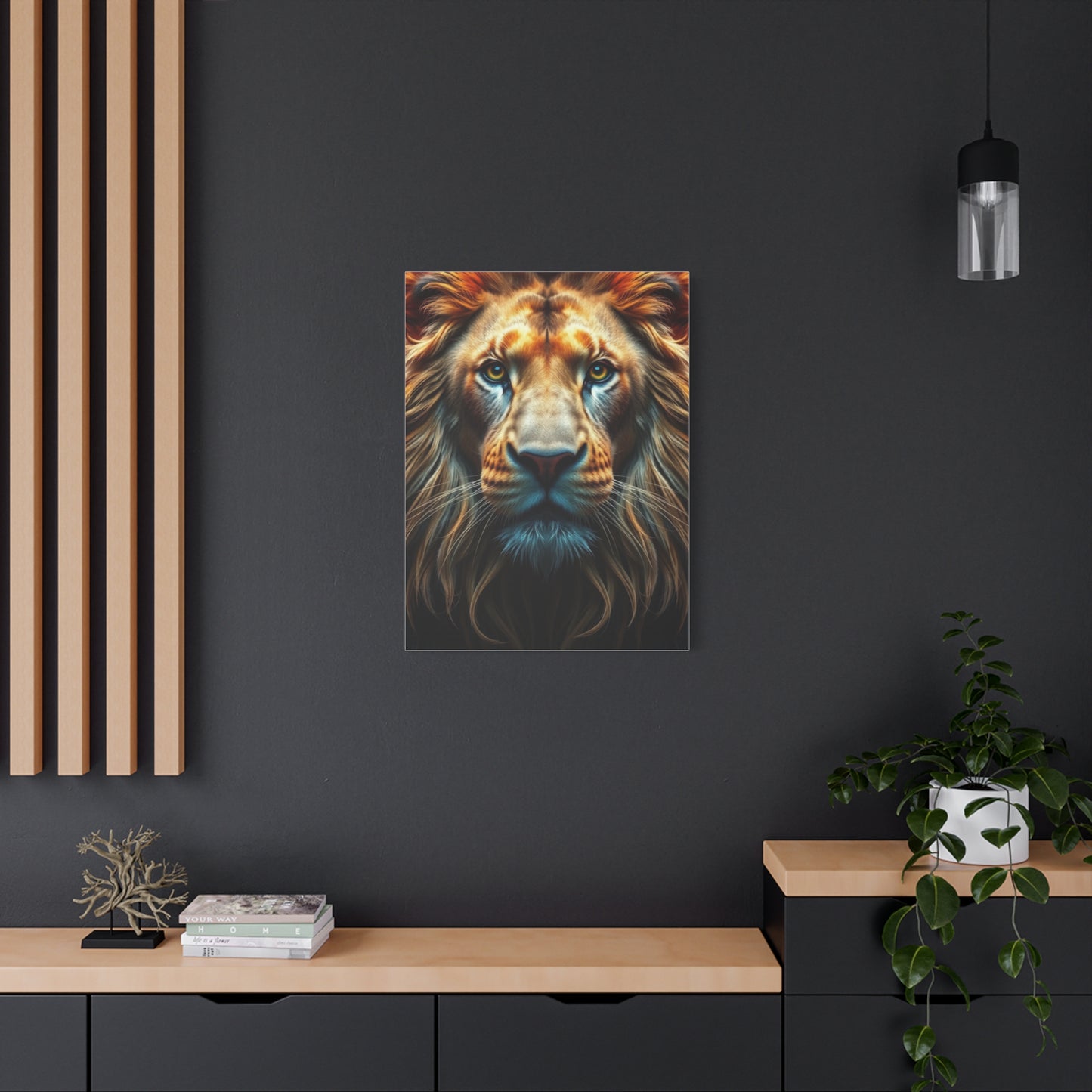
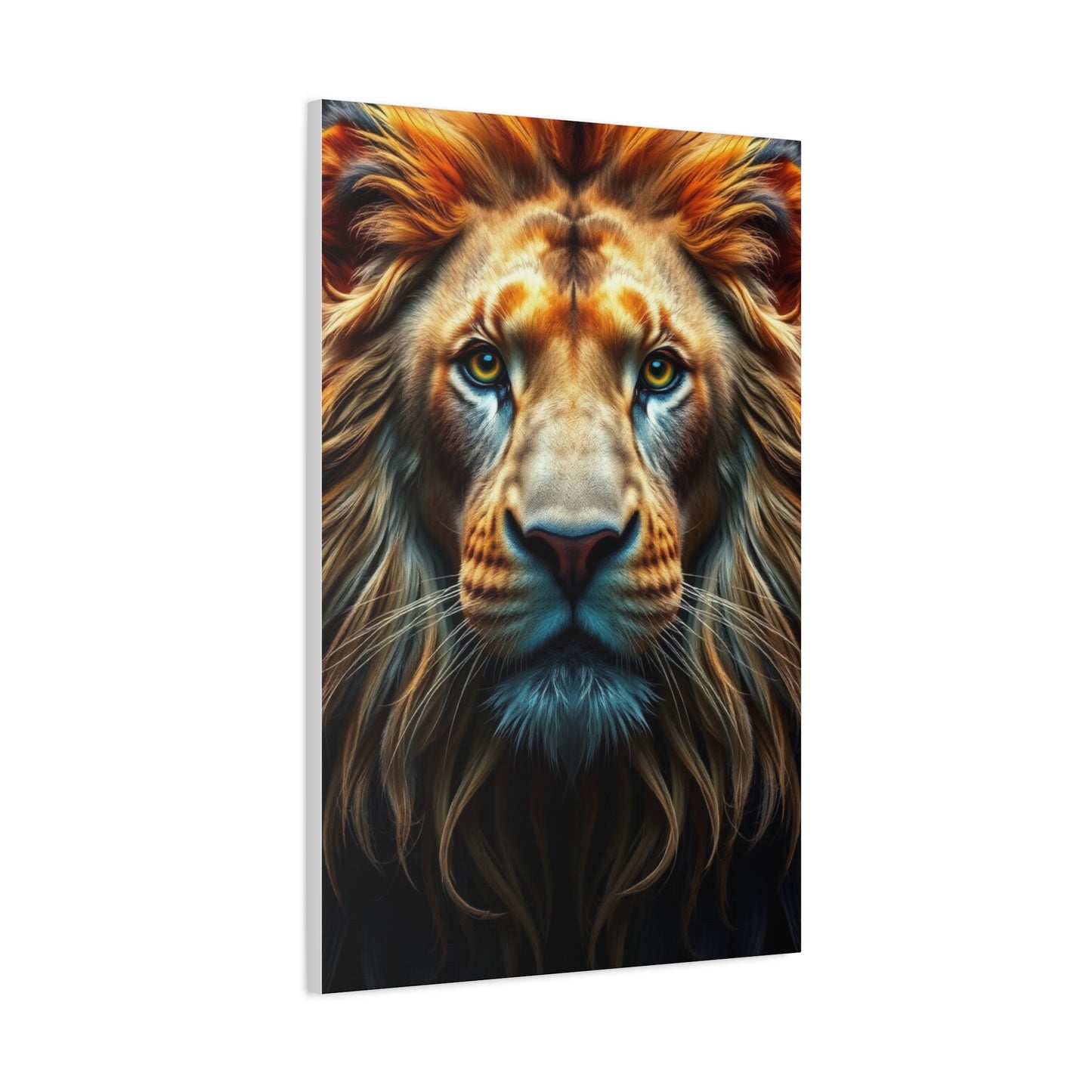

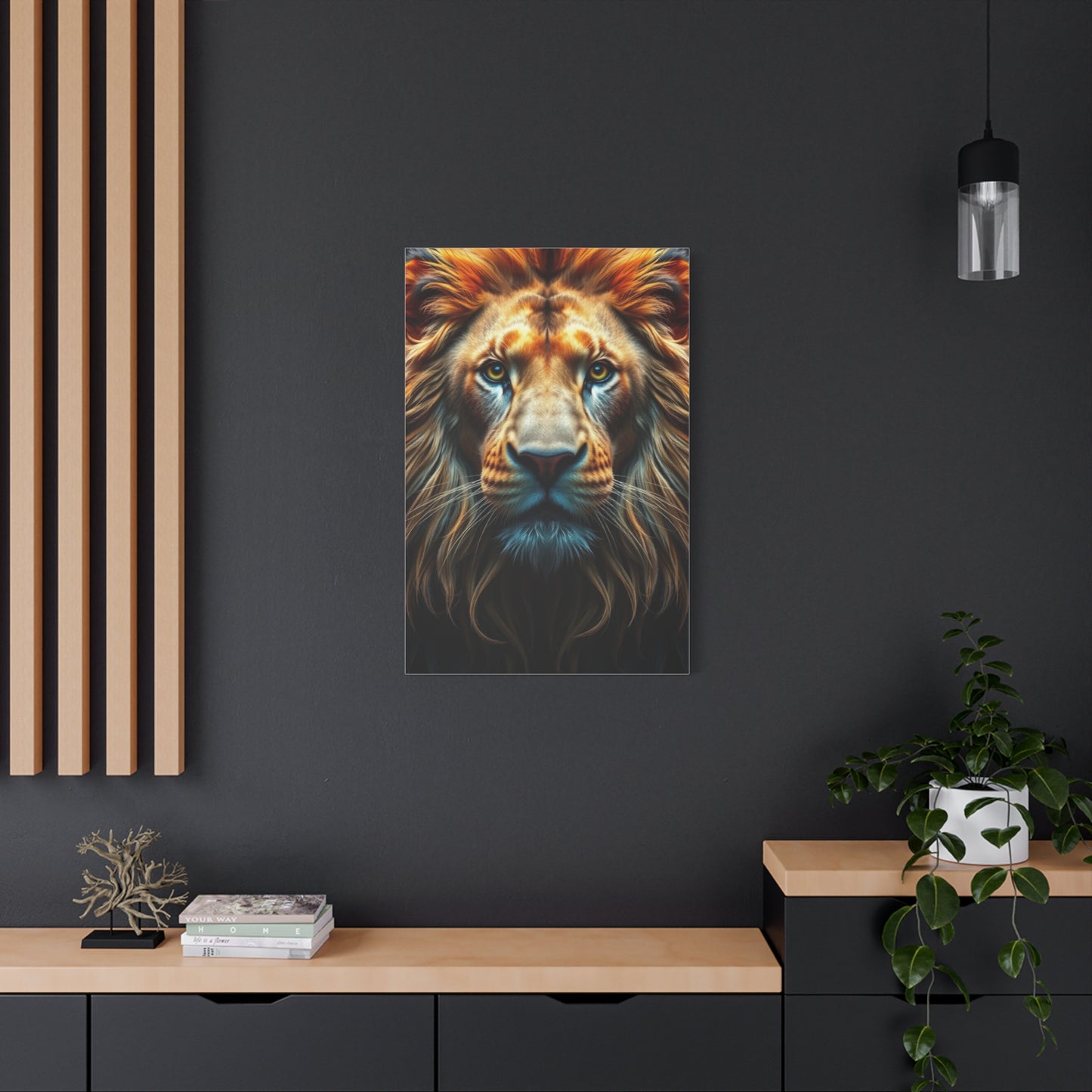
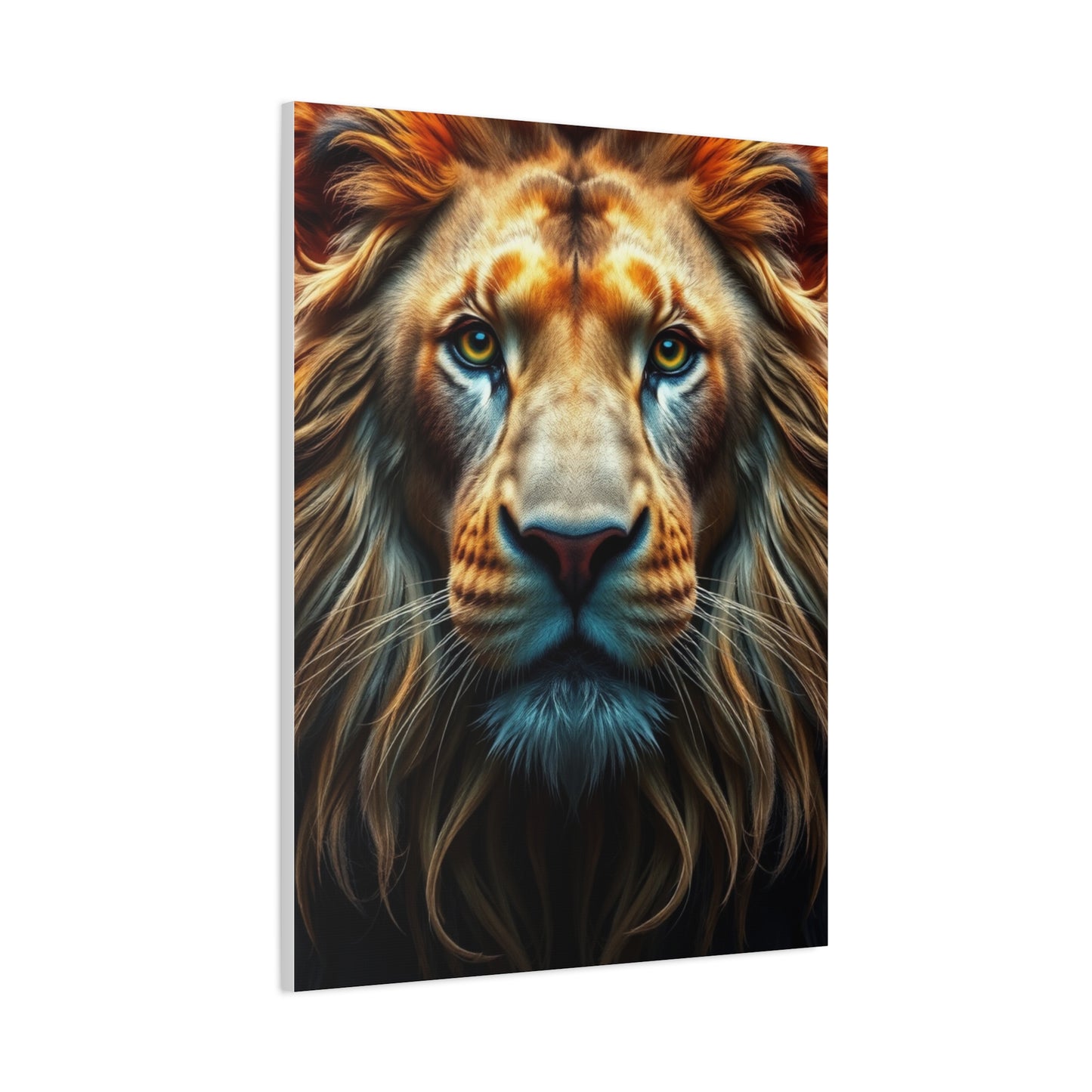
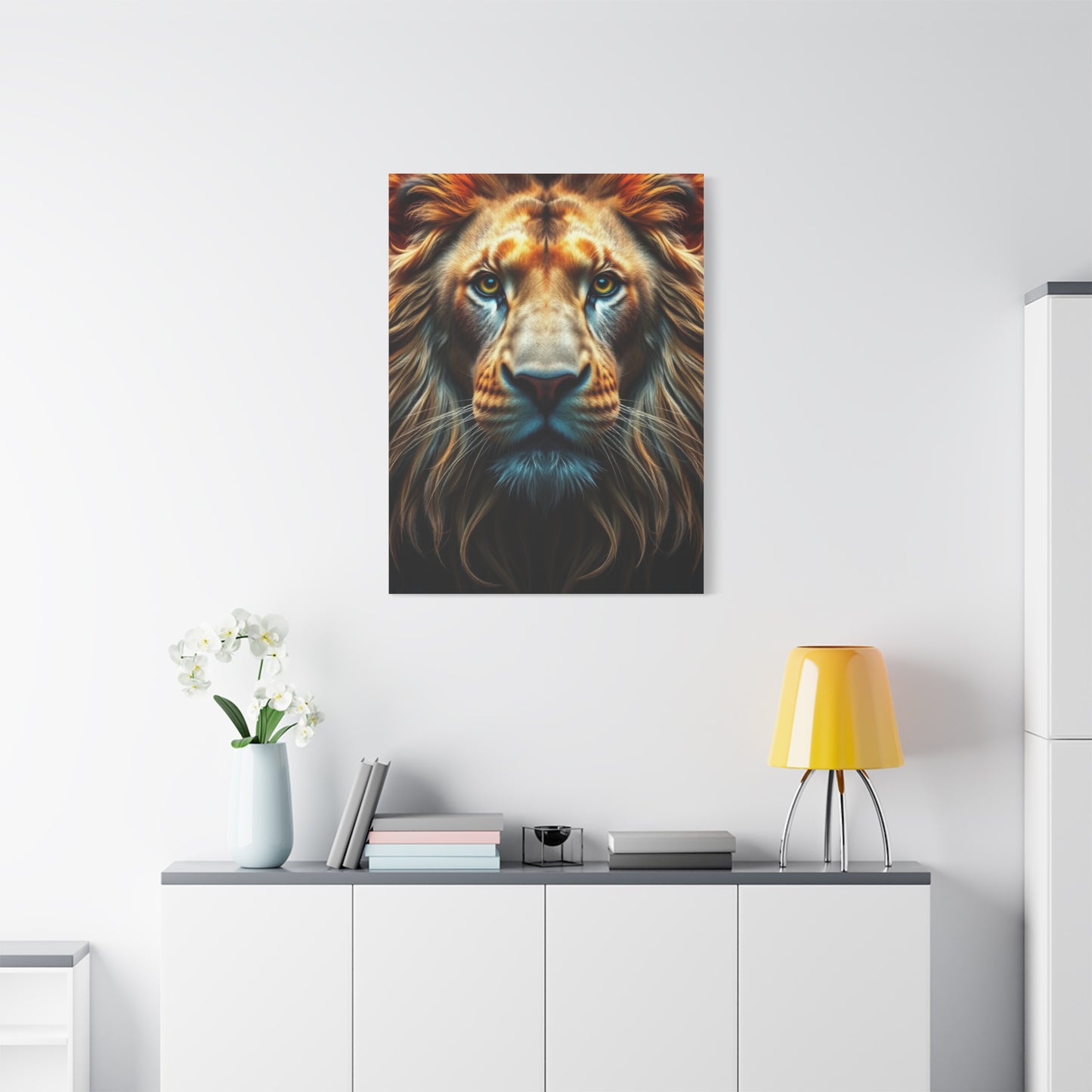
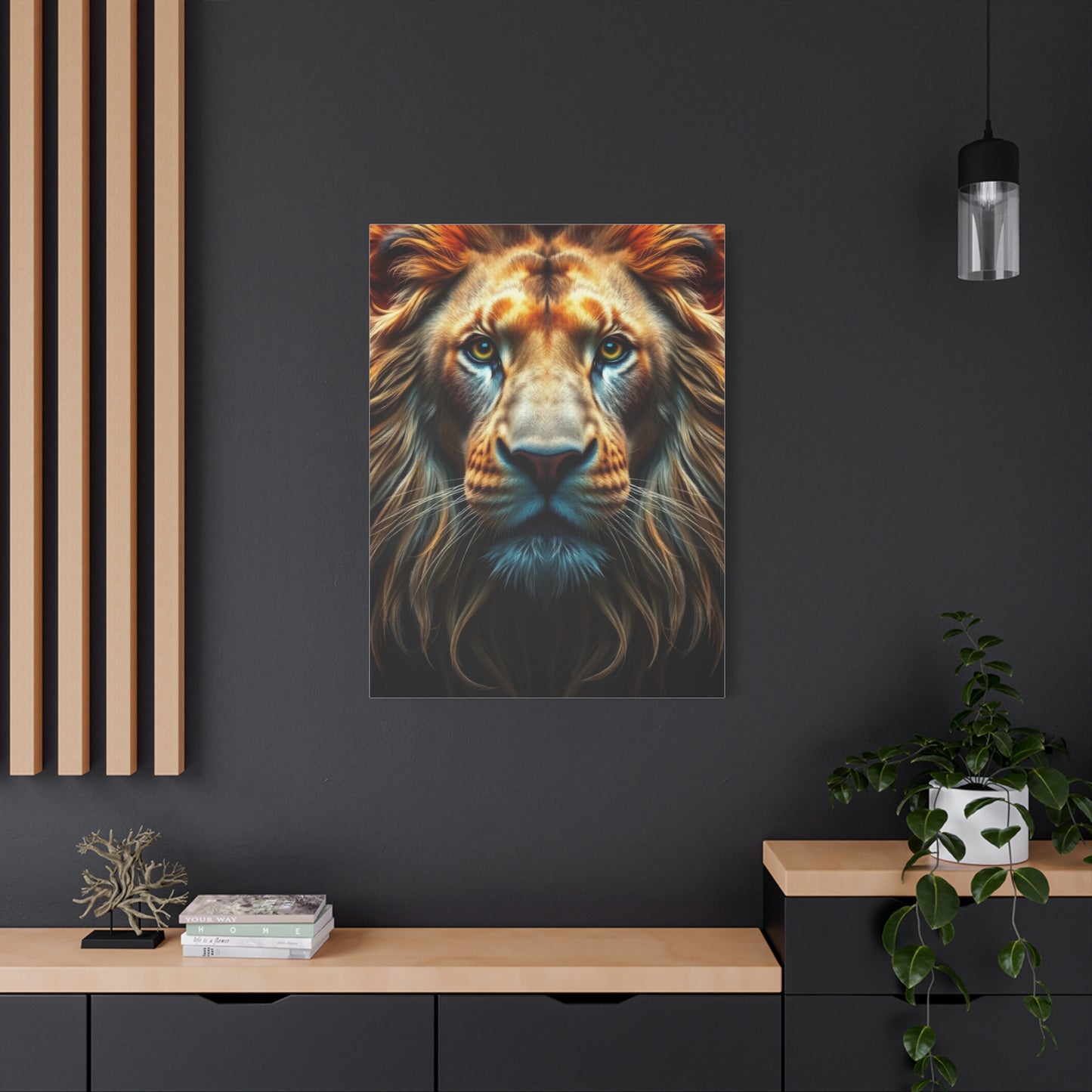

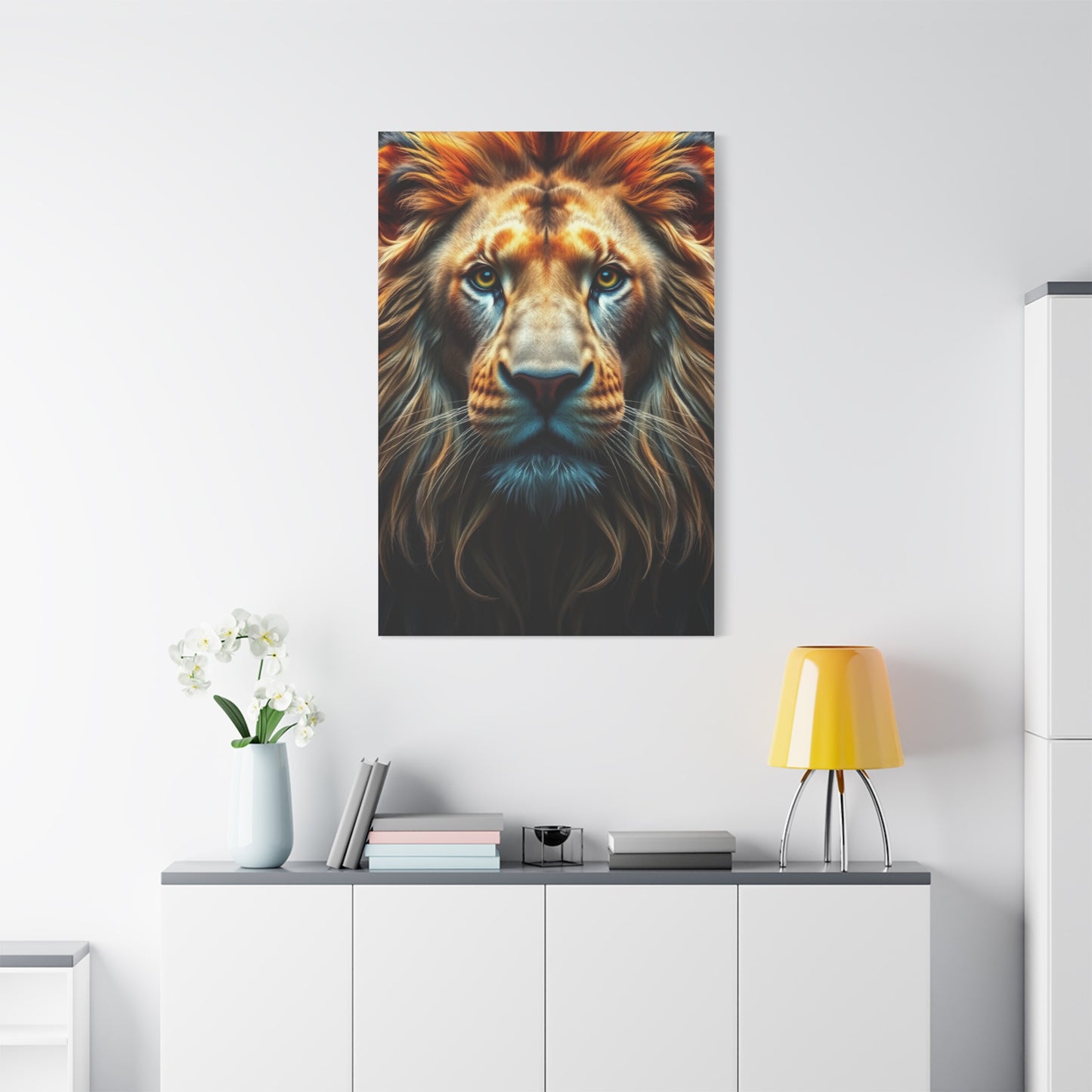
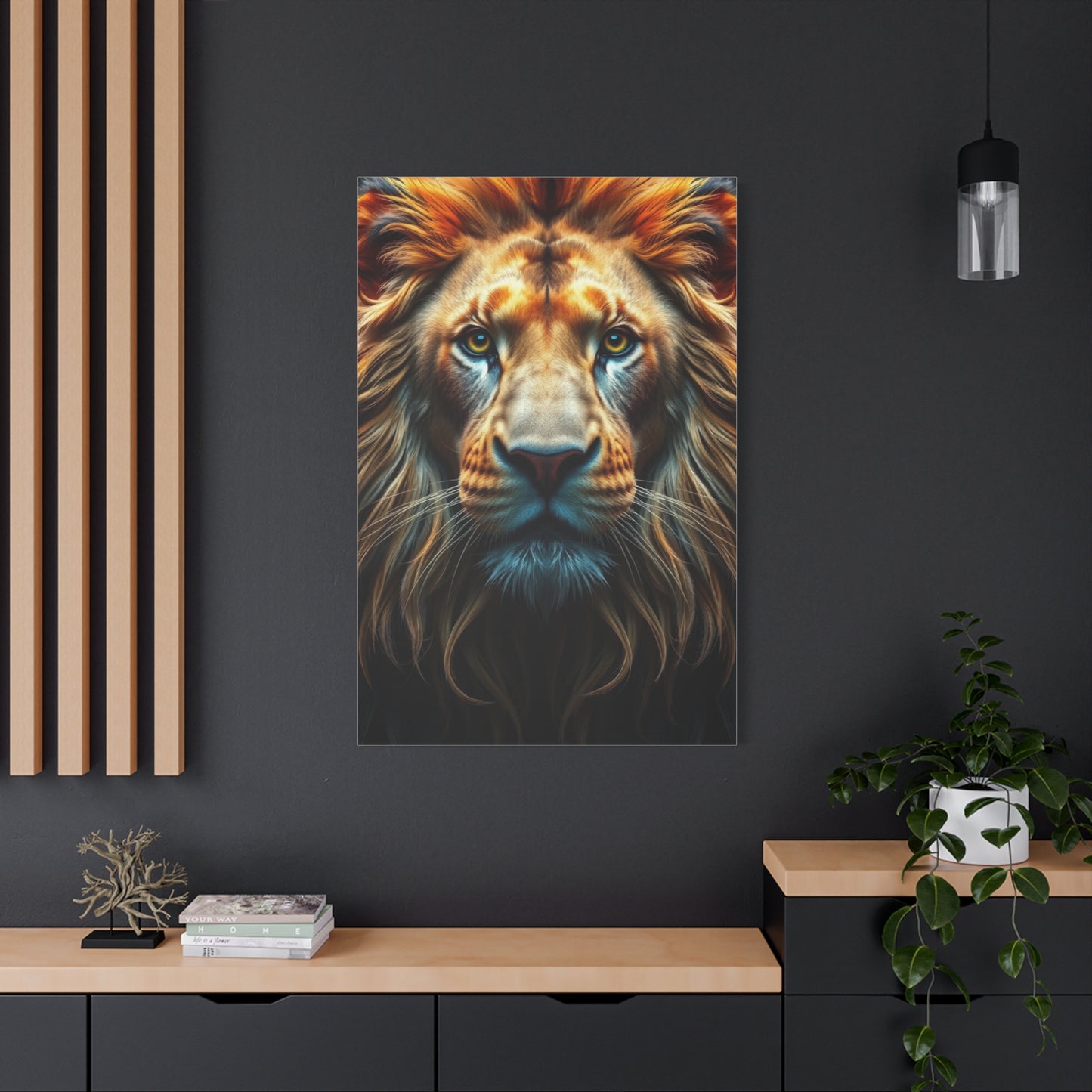
Refined Aesthetics: Subtle Elegance in Aristocratic Apex Mural Wall art Designs
Aristocratic apex mural wall art represents a sophisticated approach to interior decoration that combines classical elegance with contemporary design principles. This art form draws inspiration from historical palaces, grand estates, and refined living spaces where walls served as canvases for storytelling and artistic expression. The concept of aristocratic murals extends beyond simple wall paintings, encompassing a comprehensive philosophy of creating spaces that reflect wealth, culture, and refined taste through carefully curated visual elements.
The significance of aristocratic apex mural wall art in modern interior design cannot be overstated. As homeowners and designers increasingly seek to distinguish their spaces from mass-produced aesthetics, custom murals offer a unique opportunity to create personalized environments that speak to individual values and aspirations. These murals function as focal points within rooms, drawing attention and establishing the overall ambiance of a space. Whether applied to residential homes, luxury hotels, high-end restaurants, or corporate offices, aristocratic murals elevate the perceived value and sophistication of any environment.
The term "apex" in this context refers to the pinnacle of artistic achievement and design excellence. Aristocratic apex murals are not mere decorative additions but rather investments in creating spaces that transcend ordinary interior design. They represent the convergence of artistic skill, historical knowledge, cultural understanding, and design innovation. These murals tell stories, evoke emotions, and create lasting impressions on everyone who experiences them.
In contemporary times, there is a resurgence of interest in aristocratic mural art as people move away from minimalist trends and seek more meaningful, personalized spaces. This return to classical elegance combined with modern sensibilities has created a dynamic market for mural artists and interior designers who specialize in creating aristocratic-inspired wall art. The demand for these sophisticated wall treatments reflects a broader cultural movement toward authenticity, artistry, and timeless beauty in home and commercial design.
Historical Roots and Evolution of Aristocratic Mural Traditions
The history of aristocratic mural art extends back centuries, with roots firmly planted in European and Mediterranean cultures. During the Renaissance period, wealthy patrons commissioned elaborate frescoes and murals to adorn their palatial homes, demonstrating their status, education, and aesthetic sensibilities. These early aristocratic murals frequently depicted classical themes, mythological scenes, historical narratives, and allegorical representations of virtues and ideals that the residents wished to project.
The evolution of aristocratic mural traditions reflects broader changes in artistic movements, architectural styles, and cultural values throughout history. During the Baroque period, murals became increasingly ornate and dramatic, featuring dynamic compositions with rich colors and theatrical perspectives. Artists developed sophisticated techniques for creating the illusion of depth and movement on flat walls, transforming rooms into immersive visual experiences. These Baroque aristocratic murals often served propaganda purposes, celebrating the power and cultural sophistication of their patrons.
The Rococo era brought a different aesthetic approach to aristocratic murals, emphasizing lightness, elegance, and whimsy. Rather than the grandeur and drama of Baroque style, Rococo murals featured delicate motifs, pastel colors, and intimate scenes of leisure and romance. These lighter murals graced the walls of aristocratic residences, particularly in France and throughout continental Europe, reflecting the leisured lifestyle and refined sensibilities of the nobility.
Throughout the Industrial Revolution and into the modern era, aristocratic mural traditions adapted to changing technologies and design philosophies. The Arts and Crafts movement brought renewed appreciation for handcrafted artistry, prompting a revival of traditional mural techniques even as industrial production dominated other aspects of design. Early twentieth-century artists continued to create sophisticated murals that maintained classical references while incorporating contemporary design elements and perspectives.
The evolution continued through the mid-twentieth century as modernist aesthetics influenced aristocratic design. Rather than abandoning traditional mural art, designers began synthesizing classical aristocratic elements with clean lines, geometric patterns, and minimalist compositions. This fusion created a bridge between historical traditions and contemporary design sensibilities, allowing aristocratic aesthetics to remain relevant and desirable even as overall design trends shifted.
Today's aristocratic apex mural art represents the culmination of these historical traditions and contemporary innovations. Modern artists draw upon centuries of techniques, thematic traditions, and design principles while incorporating new materials, lighting technologies, and digital tools. The result is a sophisticated art form that honors classical heritage while embracing contemporary creativity and technical capabilities.
Understanding the Core Elements of Aristocratic Mural Design
Aristocratic mural design encompasses multiple interconnected elements that work together to create cohesive, sophisticated wall art. Understanding these core components is essential for appreciating how successful aristocratic murals achieve their distinctive impact and elegance. The first fundamental element is composition, which refers to how visual elements are arranged and balanced within the mural space. Strong aristocratic mural compositions typically employ classical principles of balance, symmetry, or intentional asymmetry that creates visual interest while maintaining overall harmony.
Color palettes form another critical element of aristocratic mural design. Historically, aristocratic murals employed rich, saturated colors derived from expensive pigments that symbolized wealth and refinement. Contemporary aristocratic murals frequently maintain this tradition of sophisticated color schemes while incorporating modern color theory. Classic aristocratic palettes often include deep jewel tones, metallic accents, warm earth tones, and carefully considered neutral backgrounds that allow primary elements to stand out. The skillful use of color creates emotional resonance and establishes the overall mood of a space.
Thematic content represents the narrative or conceptual foundation of aristocratic murals. Successful aristocratic art typically draws from recognizable historical, mythological, or classical references that appeal to educated viewers and demonstrate cultural sophistication. These themes might include classical architectural elements, historical figures, allegorical representations, botanical subjects, or carefully curated scenes of leisure and refinement. The selection of theme directly influences the perceived elegance and appropriateness of the mural for its intended space.
Perspective and dimensionality are sophisticated technical elements that distinguish exceptional aristocratic murals from simpler wall decorations. Skilled mural artists employ various perspective techniques to create the illusion of depth, making flat walls appear to recede or extend into space. This technical mastery, evident in careful attention to vanishing points, foreshortening, and atmospheric perspective, elevates aristocratic murals from simple decorative elements to impressive displays of artistic skill and knowledge.
Ornamentation and decorative elements function as secondary details that enhance the overall aristocratic aesthetic. These might include intricate borders, decorative frames, scrollwork, flourishes, and embellishments that reflect historical design traditions. Rather than appearing excessive, well-executed aristocratic ornamentation serves to frame and enhance the primary content while maintaining visual harmony and sophistication. The restraint and careful placement of ornamental elements distinguish truly aristocratic design from overwrought or kitsch alternatives.
Integration with architectural elements forms a crucial aspect of aristocratic mural design. Exceptional murals work in concert with existing architectural features such as crown molding, wainscoting, fireplaces, windows, and doorways. Rather than ignoring or conflicting with these elements, sophisticated aristocratic murals incorporate them into the overall composition, creating cohesive environments where art and architecture enhance one another. This integration requires thoughtful planning and skilled execution but results in spaces that feel intentional and refined.
Creating Aristocratic Wall Murals
The creation of aristocratic apex mural wall art involves a sophisticated range of techniques and methodologies that have evolved over centuries while remaining grounded in classical approaches. Traditional fresco painting represents one of the most respected and historically significant techniques used in aristocratic mural creation. True fresco involves applying pigments directly onto freshly applied wet plaster, allowing the paint to become an integral part of the wall surface as the plaster dries and cures. This ancient technique, favored by Renaissance masters, creates murals of exceptional permanence and develops a luminous quality that cannot be achieved through other methods. However, fresco demands exceptional skill, requires dry conditions during application and curing, and offers no opportunity for correction, making it suitable primarily for specially prepared surfaces and experienced artists.
Trompe-l'oeil, or "fool the eye" techniques, represent another sophisticated approach to aristocratic mural creation. This method employs realistic perspective, shading, and detail to create murals that appear three-dimensional or seem to open spaces into new vistas. The technical precision required for successful trompe-l'oeil work makes it particularly valued in aristocratic settings, where the visual illusion creates dramatic and impressive effects. Mastering this technique requires deep understanding of perspective principles, light and shadow, proportion, and material representation.
Contemporary acrylic and latex-based mural painting offers more practical advantages for modern aristocratic art creation. These water-based paints can be applied to properly prepared drywall, plaster, or other interior surfaces without requiring specialized substrate preparation. While some traditionalists argue these materials lack the permanence and subtle optical qualities of classical techniques, modern high-quality paints provide excellent durability, color accuracy, and environmental benefits. The flexibility of these materials allows artists to work gradually, make adjustments, and complete projects more efficiently than fresco painting would permit.
Oil-based mural painting represents a middle ground between classical and contemporary approaches. Oil paints offer rich color saturation, excellent blending capabilities, and a distinctive aesthetic that many consider particularly suited to aristocratic aesthetics. However, oil painting requires more extensive surface preparation and drying time between layers, and the associated volatile organic compounds present environmental and health considerations in modern interior spaces.
Digital projection and transfer techniques have revolutionized aristocratic mural creation in recent decades. Artists use digital projectors to transfer detailed cartoon designs onto wall surfaces, providing accurate guidelines for subsequent hand-painting. This approach combines the efficiency of technology with the authentic hand-painted aesthetic valued in aristocratic art. High-resolution reference images guide the artist's work, ensuring consistency across large-scale projects while maintaining the personal touch and subtle variations that distinguish hand-painted work from mechanical reproduction.
Stenciling and template-based techniques facilitate the creation of repeated decorative elements and complex patterns characteristic of aristocratic murals. While sometimes dismissed as less authentic than completely freehand painting, skilled use of stencils can produce elegant results when applied thoughtfully. Many classical aristocratic murals employed stenciling for ornamental borders and repeating elements, allowing artists to focus detailed freehand work on central compositional elements.
Glazing and layering techniques involve applying thin, translucent layers of paint over existing work to create depth, modify color, and achieve sophisticated visual effects. This classical approach allows artists to build complexity gradually, refining composition and color relationships throughout the creation process. Glazing requires patience and understanding of color theory but produces results of exceptional sophistication and luminosity.
Three-dimensional and relief techniques extend aristocratic mural art beyond purely painted surfaces. Adding dimensional elements such as applied texture, sculptural components, or relief work creates murals that engage viewers' tactile as well as visual senses. These techniques were commonly employed in classical aristocratic design and continue to be used in contemporary work to create particularly impressive and memorable installations.
Integrating Aristocratic Murals with Architectural Elements
Successful integration of aristocratic apex mural wall art with existing architectural elements determines whether murals enhance overall space or appear disconnected and poorly planned. When murals work in concert with architectural features, they create cohesive environments of exceptional beauty and sophistication. Understanding how to achieve this integration represents essential knowledge for anyone planning aristocratic mural projects. Architectural elements including crown molding, baseboards, wainscoting, and chair rails provide natural framing opportunities for murals. Rather than ignoring these elements, skillfully designed murals incorporate them into overall compositions, treating them as intentional design features rather than obstacles. This integration creates visual flow and suggests that mural and architecture were conceived as unified systems rather than separate elements applied sequentially.
Fireplaces often serve as natural focal points within rooms and represent ideal locations for aristocratic murals. A well-designed mural can frame and enhance a fireplace, drawing attention upward and creating impressive visual focal points. Alternatively, murals can extend above fireplace surrounds, creating dramatic scenes that draw viewers' eyes upward and make rooms appear larger and more impressive. The relationship between fireplace and mural requires careful planning, as successful integration enhances both elements while unsuccessful combinations create visual confusion.
Windows and doorways present both opportunities and challenges in mural integration. Existing windows and doors create natural compositional breaks that can be incorporated into mural design through careful use of architectural perspective or by designing murals that acknowledge and frame these openings. Rather than attempting to hide or minimize windows and doors within mural compositions, sophisticated design typically celebrates these architectural elements while integrating them smoothly into overall artistic vision.
Ceiling heights and wall proportions significantly influence how murals should be designed and integrated architecturally. High ceilings offer opportunities for dramatic vertical compositions and tall-scale imagery, while lower ceilings call for horizontal emphasis and compositions that don't overcrowd the visual field. Narrow walls benefit from horizontal treatments that elongate spaces, while broad walls can support more complex, layered compositions. Assessing architectural proportions before finalizing mural designs ensures that completed artwork harmonizes with rather than conflicts with existing architecture.
Existing color schemes and finishes throughout spaces influence mural color and material selection. Aristocratic murals typically work best when they complement existing interior design elements and maintain visual coherence with surrounding finishes. If a space features warm wood tones and traditional furnishings, mural colors and thematic content should support these existing elements. Conversely, if a space exhibits modern furnishings and contemporary design sensibilities, murals should bridge classical aristocratic aesthetics with contemporary design languages.
Architectural styles including Victorian, Georgian, federal, contemporary, and eclectic approaches each call for different mural design strategies. Victorian architectural spaces benefit from ornate, detailed murals that celebrate the period's aesthetic values, while more restrained architectural styles require murals of greater subtlety and refinement. Understanding the architectural period and style of target spaces ensures murals appear intentional and appropriate rather than stylistically incongruous.
Lighting systems and how light interacts with murals represent crucial integration considerations. Architectural lighting can highlight and enhance murals or wash them out, depending on angle, intensity, and color temperature. Planning mural designs with consideration for existing and potential new lighting ensures that completed artwork appears beautiful under various lighting conditions. Some aristocratic mural traditions specifically employ colors and compositions that respond beautifully to candlelight or warm electric lighting, creating dynamic effects as lighting changes throughout the day and evening.
Transition zones between rooms call for particular attention in mural design. When murals span from one room into adjoining spaces, careful coordination ensures visual flow and prevents jarring transitions. Alternatively, distinct murals in different rooms can be designed to complement one another while maintaining separate identities appropriate to each space's function and character.
Residential Applications of Aristocratic Mural Design
Residential spaces represent ideal venues for aristocratic apex mural wall art, as these personal environments directly reflect inhabitants' values, tastes, and aspirations. The application of aristocratic murals in residential settings requires understanding how different room functions influence design decisions and how murals contribute to daily lived experience within homes. Formal living rooms and receiving areas represent classic locations for impressive aristocratic murals. These rooms serve to welcome guests and communicate inhabitants' cultural sophistication, making them perfect showcases for dramatic, intellectually substantial artwork. Formal living room murals often feature historical, mythological, or architectural themes executed in rich color palettes that create impressive visual statements. The artwork in these spaces need not accommodate daily utilitarian functions, allowing designers to prioritize pure aesthetic and artistic impact.
Dining rooms traditionally served as settings for aristocratic murals celebrating food, hospitality, abundance, and social connection. Aristocratic dining room murals might feature still-life compositions of exotic fruits and flowers, allegorical representations of hospitality and convivial gathering, or landscapes suggesting the origins of fine dining traditions. Color palettes in dining room murals tend toward warm, appetite-stimulating tones and rich jewel colors that create sophisticated dining environments. The imagery in dining spaces should evoke pleasure, refinement, and the joys of shared meals and meaningful social gathering.
Libraries and studies represent intellectual spaces where aristocratic murals can celebrate learning, scholarship, and the life of the mind. These rooms traditionally feature literary themes, philosophical imagery, or imagery celebrating great thinkers and discoveries. Color palettes in studies often employ deeper, more contemplative tones that support focus and serious intellectual engagement. Murals in libraries and studies become part of the intellectual environment, contributing to the room's character as a space devoted to thought, knowledge, and cultural engagement.
Bedrooms call for aristocratic murals of greater subtlety and intimacy than public rooms. While bedrooms benefit from beautiful, sophisticated artwork, the bedroom's function as a private retreat suggests imagery and color palettes that promote relaxation, romance, and peaceful contemplation rather than intellectual stimulation or visual drama. Bedroom murals might feature romantic landscapes, intimate garden scenes, or more subtle thematic content than would appear in formal entertaining spaces. Softer color palettes, cooler tones, and gentler compositions create bedrooms that feel like sanctuaries while maintaining aristocratic refinement.
Home theaters and entertainment rooms offer opportunities for more dramatic and visually impactful aristocratic murals. These spaces can support elaborate compositions, rich colors, and thematic content that might overwhelm smaller or more intimate residential areas. Entertainment room murals might reference classical theater traditions, celebrate performing arts, or create immersive atmospheric effects that enhance the room's entertainment function. The theatrical nature of these spaces aligns naturally with the dramatic aesthetic impulses that drive aristocratic mural traditions.
Foyers and entryway spaces function as introductions to homes and inhabitants' sensibilities. Aristocratic murals in foyers create immediate impressions of sophistication, cultural refinement, and aesthetic intentionality. Entryway murals should feel welcoming while communicating that the inhabitants inhabit spaces of beauty and taste. Foyer murals often feature architectural elements, classical imagery, or symbolic representations appropriate to welcoming guests while demonstrating inhabitants' cultural values and aesthetic sophistication.
Home offices and studies increasingly represent important residential spaces where aristocratic murals support professional work and intellectual pursuits. Murals in home offices should balance visual interest with functionality, creating inspiring work environments without overwhelming focus or distracting attention. Subtle thematic content, sophisticated color palettes, and compositions that encourage rather than overwhelm make ideal home office murals. These spaces benefit from imagery celebrating achievement, wisdom, and professional excellence.
Master bedrooms and personal retreats represent intimate spaces where individual taste and personal meaning-making become paramount. Aristocratic murals in these private spaces can reflect deeply personal themes, celebrate individual interests, or visualize private aspirations and dreams. These intimate murals need not appeal to broad audiences but rather should resonate profoundly with the inhabitants who experience them daily, creating personal sanctuaries imbued with beauty and personal significance.
Commercial and Institutional Applications of Aristocratic Wall Art
Beyond residential settings, aristocratic apex mural wall art finds compelling applications in commercial and institutional environments where sophisticated aesthetics contribute to professional image, customer experience, and organizational identity. Hotels and hospitality establishments particularly benefit from aristocratic murals, which communicate luxury, cultural sophistication, and attention to detail that guests associate with high-quality service and refined accommodations. Lobby areas, ballrooms, restaurant spaces, and guest suites become more memorable and impressive with carefully designed aristocratic murals that establish and reinforce the establishment's luxury positioning.
Fine dining restaurants represent ideal venues for aristocratic mural art, as cuisine and visual environment combine to create comprehensive sensory experiences. Restaurant murals might celebrate culinary traditions, feature still-life imagery of fine foods and wines, or create ambiances that transport diners to romantic European settings. The visual sophistication created by aristocratic murals enhances the dining experience, contributing to perceptions of value and justifying premium pricing for culinary services.
Art galleries, museums, and cultural institutions frequently employ aristocratic murals to create aesthetically coherent environments that honor artworks on display. Rather than competing with primary artworks, murals in these settings typically employ sophisticated but complementary aesthetics that enhance the overall cultural experience. Museums and galleries recognize that aristocratic murals create atmospheres conducive to aesthetic contemplation and intellectual engagement, supporting their institutional missions to facilitate cultural enrichment.
Corporate offices and professional spaces increasingly recognize that aristocratic murals communicate organizational values, distinguish office environments from competitors, and contribute to employee satisfaction and productivity. Executive offices, conference rooms, and corporate gathering spaces benefit from sophisticated murals that communicate stability, success, cultural refinement, and aspirational values. Employees and visiting clients form perceptions about organizations based partly on environmental cues; aristocratic murals signal organizational success and commitment to excellence.
Law offices and professional service environments employ aristocratic murals to communicate tradition, stability, trustworthiness, and professional excellence. These conservative institutional environments benefit from murals referencing classical traditions, historical legal principles, or imagery suggesting wisdom and ethical conduct. Clients entering law offices decorated with sophisticated aristocratic murals gain confidence in organizational competence and professional integrity before ever meeting service providers.
Educational institutions including prestigious boarding schools, private universities, and professional academies frequently feature aristocratic murals celebrating intellectual traditions, notable scholars, and institutional heritage. These murals reinforce institutional identity, connect current students and faculty to historical traditions, and create atmospheres conducive to scholarly pursuits and intellectual growth. Educational murals serve both decorative and inspirational functions, reminding inhabitants of the values and traditions the institutions represent.
Luxury retail environments employ aristocratic murals to create distinctive shopping experiences that justify premium pricing and attract affluent customers. High-end boutiques, jewelry stores, art galleries, and specialty retailers recognize that elegant surroundings contribute significantly to brand positioning and customer experience. Aristocratic murals in retail spaces become part of the brand experience, communicating luxury, exclusivity, and refined taste that align with customer aspirations and brand values.
Private clubs, exclusive lounges, and membership organizations employ aristocratic murals to create environments reflecting members' sophisticated tastes and exclusive status. Country clubs, city clubs, yacht clubs, and other exclusive organizations traditionally feature aristocratic murals celebrating leisure activities, cultural traditions, and membership benefits. These murals reinforce community identity and create atmospheres of refined taste and exclusivity that justify membership investment and distinguish the organization from broader commercial alternatives.
The Role of Professional Artistry in Creating Aristocratic Murals
The complexity and sophistication required to execute exceptional aristocratic murals necessitates professional artistic expertise and dedicated craftsmanship. The distinction between professional-quality aristocratic murals and amateur attempts is substantial, with trained artists bringing technical skills, artistic vision, and refined aesthetic sensibilities that transform concepts into remarkable reality. Professional mural artists specializing in aristocratic work typically undergo extensive training in classical drawing, painting, composition, color theory, perspective, and art history. This comprehensive educational foundation ensures that artists understand not merely technical processes but the aesthetic principles and cultural traditions underlying aristocratic aesthetics.
Technical skill in rendering realistic imagery, creating convincing illusions of depth and dimensionality, and managing large-scale compositions across multiple walls or ceiling areas distinguishes professional mural artists from decorative painters. A professional aristocratic mural artist must understand how different areas of a composition appear from various distances and angles, accounting for how viewers will actually experience the finished work. This spatial awareness and technical sophistication separate excellent murals that genuinely enhance spaces from technically adequate but ultimately disappointing results.
Color mixing, pigment properties, and understanding how colors interact across large surfaces require professional expertise. Amateur painters may not anticipate how colors will appear once fully applied across large wall areas, or how they will respond to specific lighting conditions. Professional artists bring intuitive understanding of color relationships developed through years of practice and study, ensuring that finished murals achieve intended aesthetic effects. The difference between merely pleasant colors and truly sophisticated color harmonies often reflects professional knowledge and experience.
Problem-solving capabilities distinguish professional mural artists when circumstances require adaptation or innovation. Unexpected architectural challenges, substrate irregularities, construction considerations, or design complications arise frequently in real-world mural projects. Professional artists draw upon extensive experience and developed problem-solving abilities to address challenges while maintaining aesthetic integrity and project timelines. The ability to navigate complications while delivering exceptional results reflects professional expertise invaluable in significant mural projects.
Artistic vision and conceptual sophistication represent perhaps the most crucial professional contributions. While technical skill allows execution of designs, true artistic vision creates designs worth executing. Professional aristocratic mural artists understand how to translate concepts into visual form, make aesthetic decisions supporting overall artistic vision, and refine designs through iteration and development. This creative and conceptual work transforms simple ideas into remarkable artworks of lasting significance and beauty.
Project management skills represent often-overlooked professional competencies crucial to successful large-scale mural projects. Managing timelines, coordinating with construction crews or renovation projects, organizing materials and labor, and maintaining quality standards throughout extended projects requires professional capabilities. Homeowners and institutional clients benefit tremendously from artists who manage projects professionally, anticipating complications and maintaining timelines and budgets while delivering exceptional results.
Understanding of historical traditions, artistic movements, and classical references contributes depth to professional aristocratic murals. Artists who understand Renaissance principles, Baroque aesthetic traditions, mythological iconography, and artistic history can make sophisticated choices that enrich murals with layers of meaning and cultural reference. This scholarly dimension of professional artistry elevates murals from purely decorative elements to artworks of genuine cultural and intellectual significance.
Professional ethics and commitment to client satisfaction represent crucial professional qualities. Reputable aristocratic mural artists maintain high standards for client communication, set realistic expectations, honor commitments, and address concerns professionally. This commitment to professional conduct builds trust and ensures positive outcomes that satisfy clients and reflect well on the artist's reputation and career development.
Modern Innovations and Digital Integration in Aristocratic Mural Creation
Contemporary aristocratic mural art benefits from technological innovations that expand possibilities while maintaining connection to classical traditions and hand-painted authenticity valued in this art form. Digital technologies including computer-aided design, high-resolution imaging, and advanced projection systems have revolutionized how aristocratic murals are conceptualized, designed, and executed without compromising the fundamental appeal of handcrafted artistry. These modern tools enhance rather than replace traditional artistic skills, creating synergies between classical techniques and contemporary capabilities.
Digital design programs allow artists to develop comprehensive concepts before physical execution begins. Using specialized software, artists create detailed previews showing precisely how murals will appear in specific spaces, accounting for architectural elements, lighting conditions, and spatial proportions. Clients benefit from detailed visualization of intended outcomes, reducing uncertainty and facilitating collaborative refinement of designs before costly painting begins. This design sophistication allows exploration of multiple compositional approaches and color palettes before committing resources to physical execution.
High-resolution digital projectors enable precise transfer of complex designs onto wall surfaces. Rather than relying entirely on freehand drawing or time-consuming manual grid transfer methods, artists project reference images directly onto prepared walls, providing accurate guidelines for subsequent painting. This projection technology accelerates the painting process while maintaining accuracy and allowing artists to focus attention on rendering quality and subtle details rather than struggling with compositional accuracy. The efficiency gained through projection technology reduces overall project timelines and costs without sacrificing handcrafted quality.
Digital imaging and color matching technologies ensure consistency across large-scale projects. Paint samples can be digitally matched to reference images, ensuring that the actual applied colors correspond precisely to approved designs. This technological capability addresses historical challenges where painters struggled to maintain consistent colors across massive wall areas or when painting continued over multiple sessions and conditions. Modern color matching technology delivers reliable color consistency that supports aesthetic vision throughout project execution.
Three-dimensional visualization and virtual reality technologies represent emerging innovations enabling clients to experience proposed murals in immersive digital environments before physical creation begins. Virtual reality walkthroughs allow clients to experience how completed murals will appear from multiple viewing angles and distances, dramatically enhancing understanding and confidence in design decisions. This advanced visualization technology proves particularly valuable for major projects where physical mockups prove impractical or impossible to create.
Environmental and sustainable innovations address growing concerns about ecological impact in large-scale artistic projects. Low-VOC paints and environmentally responsible materials allow aristocratic murals to be created without problematic volatile organic compounds or environmental toxicity. Modern sustainable pigments deliver color quality approaching traditional materials while reducing environmental and health impacts. Professional mural artists increasingly select materials balancing aesthetic demands with environmental responsibility, creating beautiful artwork consistent with contemporary sustainability values.
Durability-enhancing technologies including advanced sealers and protective coatings extend mural longevity and reduce maintenance requirements. Modern protective systems preserve colors, protect against fading and environmental damage, and facilitate cleaning and maintenance. These protective innovations prove particularly valuable in commercial and institutional settings where durability and aesthetic maintenance represent significant considerations over years or decades of use.
Hybrid execution techniques combining traditional painting with contemporary materials and methods represent the current frontier of aristocratic mural creation. Artists may employ acrylic base layers for efficiency and durability, then add oil paint or specialty finishes for specific aesthetic effects. Metallic leaf application techniques yield dimensional elegance surpassing what paint alone achieves. Specialized effects including luminescent or temperature-responsive elements add layers of sophistication and interaction to contemporary aristocratic murals.
Planning and Budgeting for Aristocratic Mural Projects
Successful aristocratic mural projects require comprehensive planning and realistic budgeting that account for numerous variables influencing scope, timeline, and costs. Understanding cost drivers and developing thorough project plans enables clients to make informed decisions and ensure that artistic visions translate into satisfying realities within realistic financial and temporal constraints. The surface area requiring painting represents the most fundamental cost driver, as larger walls and more extensive compositions demand proportionally more artist time and materials. Square footage calculations should account for wall irregularities, architectural features, and complexity of compositions, as these factors substantially influence actual time requirements. Detailed space measurements and photographic documentation enable accurate pricing estimates before projects commence.
Compositional complexity significantly influences project costs, as detailed, intricate designs requiring extensive rendering skill demand substantially more artist time than simpler compositions. Murals featuring realistic figures, complex spatial arrangements, minute details, and sophisticated perspectives require greater technical skill and time investment than geometric patterns, simpler thematic elements, or compositions emphasizing bold forms and simplified shapes. Understanding how composition complexity translates to time requirements helps clients make informed decisions about design elaborateness relative to budgetary constraints.
Color palette sophistication and specialty effects influence material costs and execution complexity. Basic color palettes utilizing standard paint colors cost less than compositions requiring extensive custom color mixing or specialty finishes including metallics, special effects, or dimensional elements. Projects incorporating gold leaf, specialty glazes, or other premium finishes carry higher material costs and require specialized expertise, increasing overall project expenses.
Wall surface condition and preparation requirements substantially influence project budgeting. Walls requiring extensive preparation including repair, priming, or surface treatment increase labor costs and project timeline. Some surfaces including heavily textured finishes, glossy coatings, or previously painted surfaces necessitate additional preparation work before mural painting can commence. Thorough pre-project wall assessment identifies preparation needs and allows accurate budgeting before work begins.
Accessibility and practical working conditions affect project efficiency and costs. Murals on high ceilings or difficult-to-access areas demand specialized equipment including scaffolding, lifts, or extended laddering. Working in occupied spaces where activities must continue around mural creation presents additional challenges affecting efficiency. Environmental conditions including temperature, humidity, and ventilation influence paint application and drying, potentially extending timelines in suboptimal conditions.
Timeline considerations directly influence project costs, as rushed schedules may require additional labor or overtime compensation. Conversely, projects completed over extended periods may cost more due to scheduling inefficiencies and extended overhead. Realistic timeline planning accounting for weather, material delivery, surface preparation, paint drying, and other practical considerations ensures accurate budgeting and prevents costly schedule overruns.
Artist experience and specialization significantly influence pricing, with established specialists in aristocratic mural creation commanding higher fees than less experienced painters. While this represents a real cost factor, the superior quality delivered by experienced professionals typically justifies premium pricing, resulting in better long-term value. Experienced aristocratic mural artists deliver superior aesthetic results, manage projects more efficiently, and handle complications more effectively than less experienced practitioners.
Material costs including paint, primers, brushes, and specialty effects represent line items requiring careful estimation. Higher-quality materials typically cost more but deliver superior color accuracy, durability, and aesthetic results justifying the investment. Budget planning should account for potential material price fluctuations and include contingencies for specialty materials that may require special ordering.
Selecting and Hiring Professional Mural Artists
Choosing appropriate professional mural artists represents one of the most crucial decisions influencing project success and long-term satisfaction with aristocratic mural investments. The process of artist selection should involve careful research, portfolio review, client reference verification, and detailed consultation ensuring alignment between artist capabilities, client vision, and project requirements. Portfolio review represents the essential starting point in artist evaluation. Reviewing extensive examples of an artist's previous work provides insight into their technical capabilities, aesthetic sensibilities, compositional sophistication, and ability to execute different thematic approaches. High-quality portfolios demonstrate consistency in execution, aesthetic refinement, and project completion. Conversely, inconsistent portfolios suggesting variable quality or incomplete projects warrant caution and further investigation before engaging artists.
Artistic specialization and aristocratic mural experience prove crucial factors in artist selection. While many competent painters can execute various types of work, artists specifically trained and experienced in aristocratic mural creation bring specialized knowledge of historical traditions, appropriate aesthetic approaches, and technical expertise unavailable among generalist painters. References to previous aristocratic mural projects and demonstrated understanding of classical aesthetics provide reassurance regarding specialized capabilities needed for sophisticated projects.
Professional references and client testimonials supply valuable information about artists' reliability, communication abilities, project management capabilities, and client satisfaction. Speaking directly with previous clients provides opportunities to learn about actual project experiences, how complications were addressed, whether timelines and budgets were honored, and whether clients would hire artists again for future projects. Multiple positive references from satisfied clients provide confidence regarding artist professionalism and capability.
Credentials, training, and educational background indicate artists' preparation and professional development. Formal art education, apprenticeships with established masters, or specialized training in particular techniques demonstrate serious commitment to artistic development. Credentials including professional association membership, exhibition history, or specialized certifications indicate professional status and accountability. While credentials alone don't guarantee quality, they suggest serious professional engagement and standards maintenance.
Financial stability and business management capabilities prove important in artist selection, as financially unstable artists may struggle to complete projects or invest in necessary materials and equipment. Professional artists maintain organized business practices, carry appropriate insurance, maintain clear payment policies, and manage financial aspects professionally. Understanding artists' business practices provides confidence that they will complete projects reliably and manage finances professionally.
Communication and interpersonal abilities significantly influence project experiences. Effective artists communicate clearly about timelines, costs, design considerations, and progress. Responsive communication addressing client concerns and questions demonstrates professionalism and commitment to client satisfaction. Artists demonstrating poor communication during initial consultations likely continue these patterns throughout projects, potentially creating frustration and misunderstandings. Evaluating communication during initial consultations helps predict project experiences.
Emerging Trends in Contemporary Aristocratic Mural Art
Contemporary aristocratic mural aesthetics continue evolving as artists synthesize classical traditions with contemporary artistic movements, materials innovations, and cultural developments. Understanding emerging trends provides insight into how aristocratic mural art remains culturally relevant and artistically vital despite its deep historical roots. The fusion of classical aristocratic aesthetics with contemporary design languages represents a dominant trend, as artists create murals that honor historical traditions while incorporating modern sensibilities. Rather than strict historical reproduction, contemporary murals blend classical themes with contemporary artistic perspectives, creating artwork that appeals to modern audiences while maintaining aristocratic sophistication. This synthesis approach allows contemporary spaces to benefit from aristocratic aesthetics without appearing strictly historical or potentially dated.
Increased emphasis on sustainability and environmental responsibility influences contemporary mural creation. Artists increasingly employ low-VOC paints, sustainable materials, and environmentally conscious practices. Thematic content increasingly celebrates natural environments, ecological awareness, and humanity's relationship with nature, reflecting contemporary values around environmental stewardship. These conscious choices integrate aristocratic aesthetics with contemporary environmental ethics, creating murals aligned with modern sensibilities.
Personalization and narrative storytelling have become increasingly central to contemporary aristocratic murals. Rather than generic aristocratic imagery, contemporary clients increasingly commission murals celebrating personal histories, individual identities, family narratives, or organizational missions. This personalization trend maintains aristocratic aesthetic sophistication while introducing contemporary values around individuality and authenticity. Murals that tell specific personal or organizational stories create deeper meaning and significance for inhabitants and users.
Cultural inclusivity and diverse artistic perspectives increasingly influence aristocratic mural aesthetics. Contemporary artists bring diverse cultural backgrounds and perspectives to aristocratic traditions, enriching the genre with new thematic directions and visual approaches. This cultural diversification moves aristocratic aesthetics beyond exclusively European or Western classical references, creating more globally inclusive artistic expressions maintaining sophisticated aesthetics while celebrating diverse cultures and traditions.
Technology integration including lighting effects, interactive elements, or responsive features represents an emerging frontier in contemporary aristocratic murals. While maintaining hand-painted authenticity, some contemporary murals incorporate LED elements, color-changing technologies, or interactive features that engage viewers in new ways. This technological integration adds layers of sophistication and innovation while maintaining commitment to artistic craftsmanship and aristocratic aesthetics.
Inspiration and Aesthetic Philosophy for Aristocratic Mural Selection
Developing clear aesthetic philosophy and gathering inspiration supports confident decision-making regarding aristocratic mural selections ensuring artistic satisfaction and long-term contentment. The process of inspiration gathering and aesthetic development represents crucial preliminary work preceding actual design and execution. Historical research into periods, cultures, and artistic traditions provides rich inspiration sources for aristocratic murals. Studying Renaissance paintings, Baroque ornamentation, classical mythology, historical architecture, or cultural traditions provides foundational knowledge supporting informed artistic decisions. Museum visits, art history research, travel to historically significant locations, and engagement with scholarly resources build understanding supporting sophisticated aesthetic choices.
Nature observations and botanical study provide inspiration for naturalistic aristocratic murals. Detailed observation of plants, flowers, birds, landscapes, and natural phenomena supports creation of botanically accurate and aesthetically compelling natural imagery. Collecting photographs, botanical illustrations, or specimens facilitates reference gathering supporting detailed natural representation. Nature-inspired aristocratic murals benefit tremendously from direct observation and detailed study of their subjects.
Literature and philosophy exploration yields rich thematic inspiration for aristocratic murals. Reading classic literature, studying philosophical traditions, or engaging with poetry provides conceptual foundations and specific imagery supporting literary and philosophical themed murals. The intellectual depth provided by literary references elevates murals beyond purely visual decoration, creating artwork supporting intellectual and emotional engagement.
Travel experiences and cultural exposure provide authentic inspiration for culturally significant murals. Visiting culturally important sites, observing contemporary practices in different cultural contexts, or engaging with traditional arts and crafts traditions provides firsthand experience supporting culturally informed artistic choices. Travel-inspired murals carry authenticity and genuine cultural appreciation surpassing those based solely on secondary sources.
Color inspiration gathering involves collecting samples, photographs, or observations of appealing color combinations and palettes. Maintaining color inspiration boards or collections supports development of personal color preferences and sophistication. Studying how colors appear under different lighting conditions, seasons, or times of day deepens understanding of color relationships and sensitivities.
Addressing Common Concerns and Misconceptions About Aristocratic Murals
Several persistent misconceptions and common concerns influence people's perspectives regarding aristocratic murals, often preventing consideration of these beautiful and valuable art forms. Addressing these concerns directly helps potential clients make informed decisions unencumbered by misinformation or unfounded worry. A widespread misconception suggests that aristocratic murals only suit historical properties or traditional architectural styles. In reality, aristocratic aesthetics adapt beautifully to contemporary settings, modern architectural spaces, and diverse design contexts. Contemporary artists successfully synthesize classical aristocratic aesthetics with modern sensibilities, creating artwork appropriate for contemporary homes, commercial spaces, and varied architectural environments. The timeless quality of aristocratic aesthetics allows their application across diverse contexts and time periods.
Concerns about perceived pretentiousness or inappropriateness prevent some people from considering aristocratic murals. Some worry that aristocratic art might appear ostentatious or socially inappropriate. This concern misses the fundamental distinction between refined sophistication and ostentation. Genuine aristocratic aesthetics communicate refined taste and cultural values rather than crude wealth display. Murals created with artistic integrity and thoughtful integration into spaces communicate sophistication and appreciation for beauty rather than inappropriate pretentiousness.
Many people mistakenly believe aristocratic murals must reference historical European traditions or classical themes exclusively. Contemporary aristocratic aesthetics accommodate diverse thematic content while maintaining sophisticated approaches and refined execution. Personal narratives, contemporary subject matter, culturally diverse themes, and innovative artistic approaches all function beautifully within aristocratic aesthetic frameworks. This thematic flexibility allows aristocratic aesthetics to remain culturally relevant and personally meaningful rather than frozen in historical tradition.
Cost concerns sometimes prevent serious consideration of aristocratic murals, with potential clients assuming exceptional cost placing murals beyond realistic budgetary reach. While high-quality custom murals require meaningful financial investment, options exist across various budget levels. Simpler compositions, smaller wall areas, or more straightforward color palettes reduce costs while maintaining aristocratic sophistication. Detailed conversations with artists about budget parameters help develop artistic solutions balancing aesthetic ambitions with financial constraints.
Conclusion:
Aristocratic apex mural wall art represents a profound and enduring artistic tradition celebrating human creativity, cultural sophistication, and the transformative power of beautiful environments. Throughout this comprehensive exploration, we have examined the multifaceted dimensions of aristocratic murals, from their historical roots in Renaissance and Baroque traditions through contemporary innovations and applications. The journey through aristocratic mural creation, from conceptualization through execution and long-term conservation, reveals the sophisticated artistry, technical expertise, and refined aesthetic sensibilities required to create truly exceptional wall art. These murals function simultaneously as decorative enhancements, cultural artifacts, investment assets, and sources of profound aesthetic and emotional satisfaction.
The historical trajectory of aristocratic mural traditions demonstrates remarkable resilience and adaptability. From ancient Roman fresco traditions through European Renaissance magnificence, from Baroque drama through contemporary synthesis of classical and modern aesthetics, aristocratic murals have continuously evolved while maintaining core commitment to artistic excellence, refined beauty, and cultural sophistication. This capacity for evolution ensures that aristocratic aesthetics remain culturally relevant and personally meaningful rather than relegated to museum preservation or historical reenactment. Contemporary artists honor these traditions while introducing innovations, diverse perspectives, and contemporary sensibilities that keep aristocratic aesthetics vital and vital in modern contexts.
The psychological and spatial dimensions of aristocratic murals extend their significance beyond purely aesthetic considerations. These artworks create environments that influence mood, support emotional wellbeing, and facilitate meaningful human experiences. Spaces adorned with beautiful aristocratic murals become places where people feel elevated, inspired, and capable of engaging their finest selves. This psychological and experiential dimension transforms mural investment from mere decoration into genuine enhancement of life quality and human flourishing.
Professional artistry remains central to aristocratic mural excellence. The technical skills, artistic vision, historical knowledge, and refined aesthetic sensibilities required for exceptional murals cannot be reduced to simple formulas or achieved through mechanistic processes. Working with skilled professionals who understand aristocratic traditions, possess technical mastery, and bring genuine artistic vision ensures that mural projects achieve their full potential for beauty and significance. The human artistry and individual artistic voice infusing aristocratic murals distinguish them fundamentally from mass-produced alternatives, creating unique artworks reflecting specific artists' talents and visions.



















